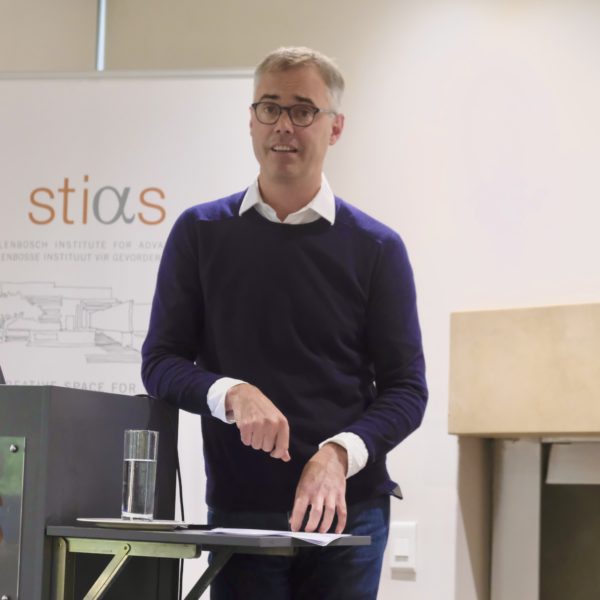Increasingly, from the later part of the fifteenth century, European traders and travellers had seen people and places in sub-Saharan Africa. Africans, living in coastal communities or along major rivers, had increasingly seen Europeans. This project focusses on the art and visuality of such contact in the years following the establishment of sea routes around Africa by Portuguese and Italian seafarers. It asks a simple question: what were the visual consequences of direct contact between sub-Saharan Africans and Europeans in the century around 1500? And it seeks answers through four research strands. First, how did Africans and Europeans think about sight? What was the visual language of encounter? Second, what trace of these encounters can be found in artworks themselves? Third, what works of art were ignored, either by Europeans in Africa, or by Africans in Europe? An art history of omission, however speculative, has the unique potential to reveal prejudices and the visual hierarchies of value in different cultures. The fourth, and final, strand seeks comparative examples of direct contact between cultures to relativise the Afro-European material and to reveal the common structures that underlie contact.
Menu
Share this project:
Share on whatsapp
WhatsApp
Share on email
Email
Share on facebook
Facebook
Share on twitter
Twitter
Share on linkedin
LinkedIn
Is any information on this page incorrect or outdated? Please notify Ms. Nel-Mari Loock at [email protected].


